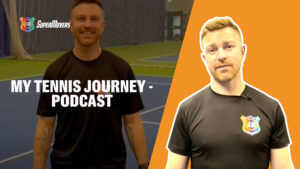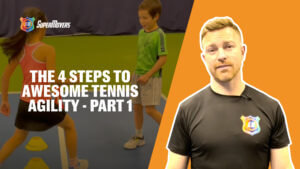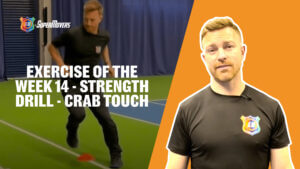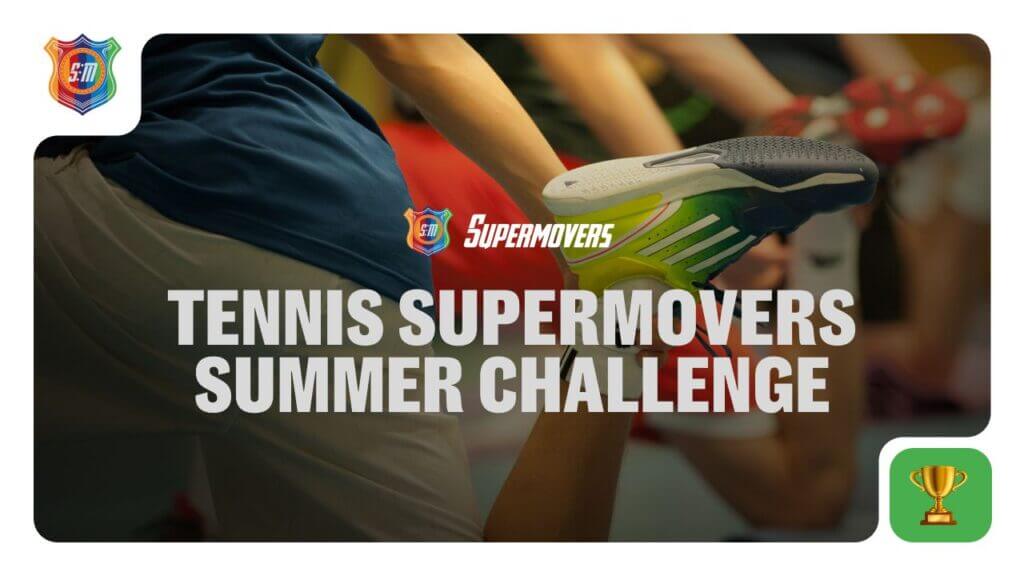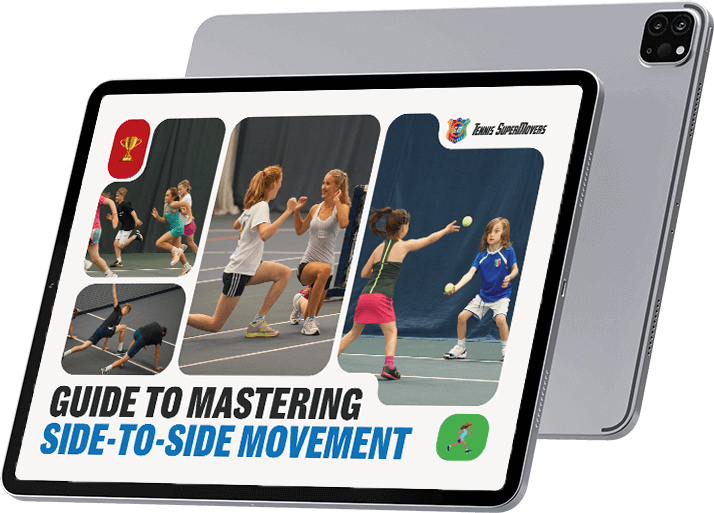SuperMovers Tennis Coordination Series - Adaptability
SuperMovers Tennis Coordination Series – Adaptability
This week we are taking a look at adaptability as a key coordination skill. Adaptability is ‘the player’s modification of an action sequence upon observing or anticipating novel or changing conditions and situations’.
Tennis is one of a few sports where players must adapt to several different surfaces and environmental conditions, for example, hard court, grass, clay, AstroTurf, indoor, outdoor, wind, heat, humidity and altitude. This exposure to multiple surfaces and conditions will have a large impact on a player’s adaptability. If the player were to only train on a fast-indoor court, then their ability to react and deflect pace may be well developed, but if they never train on a clay court, then they will have low skill ability of generating pace from slow balls and controlling their balance on the reactive surface.
The way in which the player moves on each surface is slightly different. The way in which the surface impacts the players body also differs – on the clay, sliding challenges the mobility and strength of the groin, while the longer rallies tax the energy systems differently. Grass brings shorter points but lower balls, meaning the player must have strong glutes to adapt to the low lunge positions they find themselves in.
Players must also adapt to the different playing styles of their opponents, which brings about its own unique coordination challenges. A player who uses a variety of shots and junks balls you, will impact your own rhythm and timing. An all-court player who has the ability to play with narrow margins, will be able to move you around, massively challenging your balance. An effective serve and volley style will really challenge your reaction capabilities. A player with great hands who uses drop shots to pull you to the net, before lobbing you will test your orientation abilities.
In terms of skills practice and motor learning, Bernstein, a Russian neurophysiologist coined the phrase ‘Repetition without repetition’ in which some drills should have slight variations built into them versus constantly repeating the same movement pattern.
In tennis there is the age-old saying that ‘the ball never bounces in the exact same spot, with the same speed, spin and height’. So, if we do not promote the skills of adaptability to random situations, we may not best be preparing our players.
In practice
From a practical standpoint, what might this look like? One option would be adjusting the way in which you feed the ball to a player, whether by basket or handfeed, you would move the player slightly different each time – distances, speeds, height, tempo. This would force the athlete to maximally concentrate, read and anticipate every ball, while adjusting the positioning and stroke mechanics.
A second way in which to force adaptability would be to modify the equipment. So the drill maybe be similar in nature, in terms of where the ball is fed and where the intended target is, but instead of using the same compression balls, you could mix it up; new balls, old balls, as well as mini orange and green – therefore the player would need to adapt their racket work in terms of pace.
To give you some context to the video above:
We have done a big block of work with this player on his ‘reactive strength’. This is the physical quality which underpins the tennis split step. Now it is time to work on the skill of transferring this to his on-court movement.
We have made good improvements in his off-court reactive exercises and speed. In combination with his strength training, his sprint times have massively improved, which are currently:
5m – 0.99sec
10m – 1.73sec
20m – 2.94sec
These are very solid times for a tennis player; his 20m time 12 weeks ago was 3.12sec!
But now is the harder part of using this general quality into specific actions. Therefore will will use the above mentioned ‘repetition without repetition’ method, to try lots of ways to help it transfer to the match court. Now the hard work begins.
Video order:
Exercise 1 – Single leg hexagon – one contact
Exercise 2 – Single leg hexagon – double contact
Exercise 3 – Hurdle jump to split step and movement
Exercise 4 – Hurdle split step to single ball reaction
Exercise 5 – Hurdle split step to double ball reaction
Honing Coordination is one of the five key strategies for improving on-court performance, along with Strength, Movement, Agility and Stability – this makes up our SuperMovers SMASH Curriculum. Every session within the SuperMovers programme includes these exercises, along with a theme of movement, either Forward-Backward, Side-to-Side, or Multi-Directional. This ensures we are developing a well-rounded tennis-athlete.
Check out another part of Tennis Coordination series – Rythm

